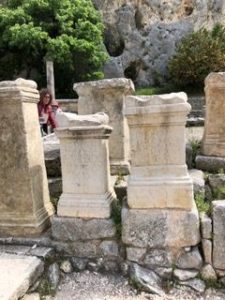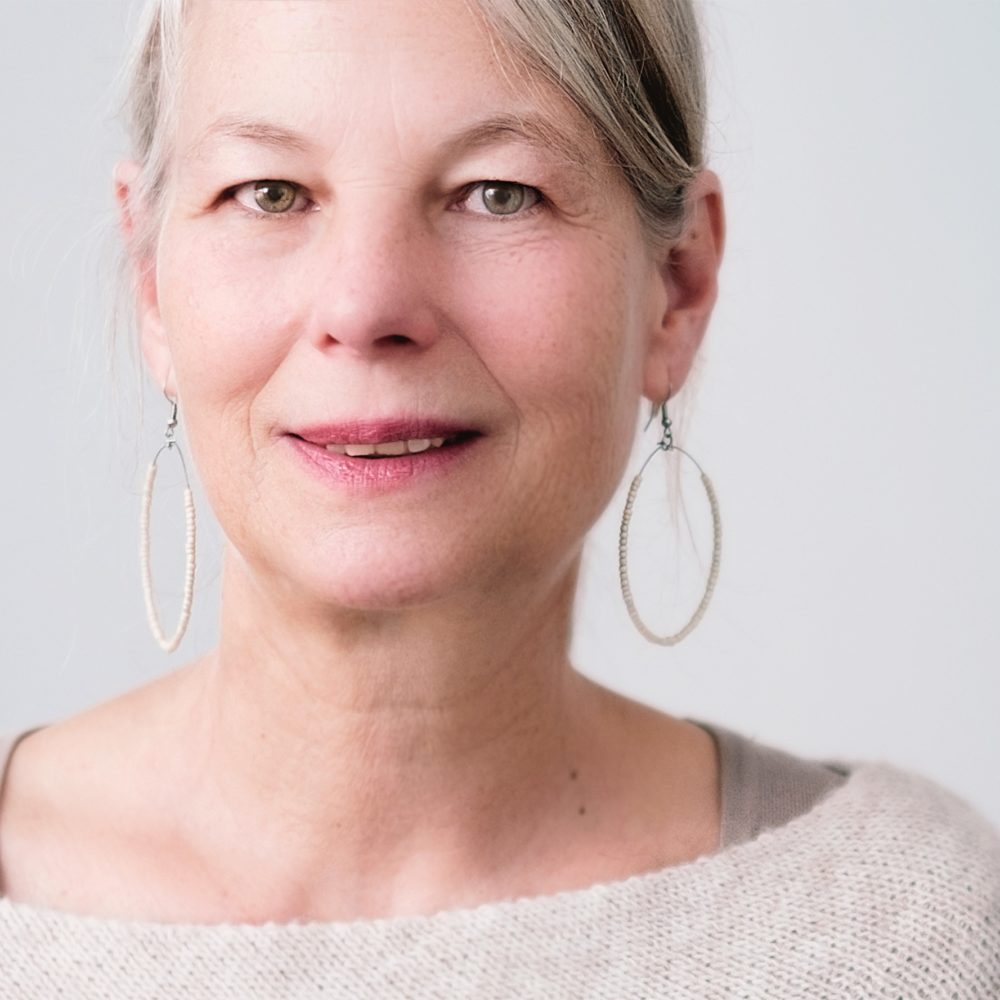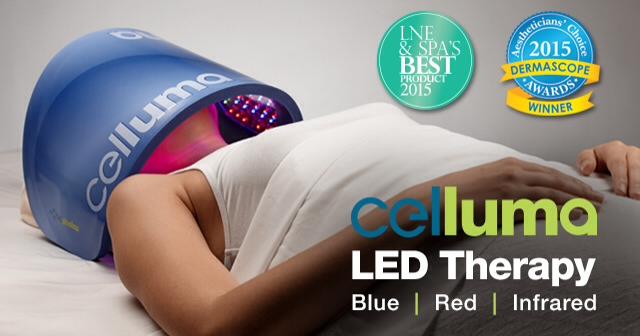Two close girlfriends had baby showers this summer and I set up a DIY body scrub station as a party favor at both parties.
This gave me the opportunity to play around with a lot of fun ingredients and make new combinations for yummy DIY body scrubs!
I’ve always favored sugar over salt as an exfoliating agent and found that adding finely shredded coconut is effective and aromatic.
Here is one of my new favorite combinations:
Makes about 4oz.
5 Tablespoons sugar
2 teaspoons rose petals (I buy dried rose petals and run them through a food processor)
4 Tablespoons avocado oil
5-6 drops geranium essential oil
Mix all ingredients together in a bowl until well combined. Store in a jar with a tight fitting lid. Can be kept in the refrigerator if you don’t plan on using it up within 4-6 months. Not recommended for use on the face.



























